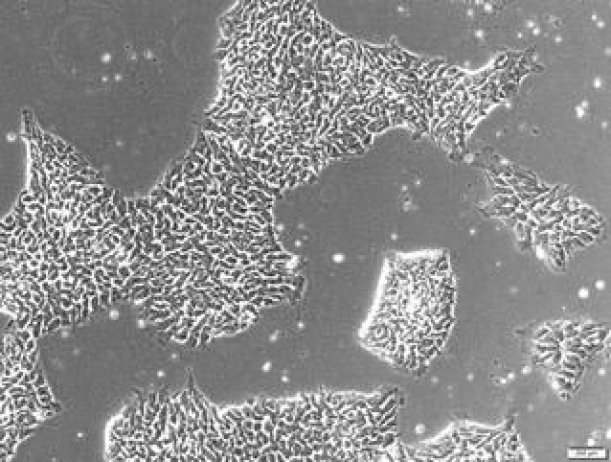Diabetes, cardiovascular disease, Parkinson’s and Alzheimer’s disease make up the world’s most common diseases. A new biobank at Lund University in Sweden – the largest of its kind – with stem cells from both those affected and healthy individuals, will contribute to an increased understanding of how these diseases arise.
“The goal is for researchers to be able to develop new treatments that can prevent disease in the future”, says Hindrik Mulder, professor at Lund University Diabetes Centre.
Large groups in society suffer from metabolic, inflammatory and degenerative diseases. This includes diabetes and neurological disorders, such as Parkinson’s, Alzheimer’s and stroke, but also cardiovascular and mental illnesses.
“With this biobank, we will be able to study the consequences of human genetic variation, and how this contributes to disease”, says Johan Jakobsson, professor of molecular neurogenetics at Lund University.
The initiative is a collaboration between the Diabetes Centre and Stem Cell Center at Lund University. The biobank will include 100 stem cell lines that researchers from all over the world can apply for and gain access to.
“The stem cell lines will be available for researchers who are working on fundamental questions relating to molecular, biochemical, cellular and genetic processes that control or contribute to the development of major global diseases”, says Hindrik Mulder.
A common denominator for these diseases is that a large number of gene variants contribute to the overall outcome – each individual variant makes a small contribution. How this happens is in most cases unclear, but understanding the process can result in new treatments being developed.
A blood sample or skin biopsy sample is used in the first step. Skin cells or blood cells are then reprogrammed into pluripotent stem cells, or iPS cells. These can be developed into virtually any mature cell type in the body; insulin cells, nerve cells, liver cells, muscle cells, and so on. Which cell type is required depends on what the researchers are studying.
The researchers at Lund University plan to extract DNA from the iPS cells, and analyse and map their genetic code. In this way, the majority of all genetic variants in the individual’s genetic material can be identified and their significance for the emergence of disease investigated. One method will be the gene editing technology CRISPR, something both Johan Jakobsson and Hindrik Mulder use in their research.
“With CRISPR, we can change a gene variant that causes disease, to one that does not have this negative impact. We can compare mature cells created from stem cells with and without disease-generating gene variants. For example, we can test new drugs in these different cells and predict which ones are potential treatments”, concludes Hindrik Mulder.















